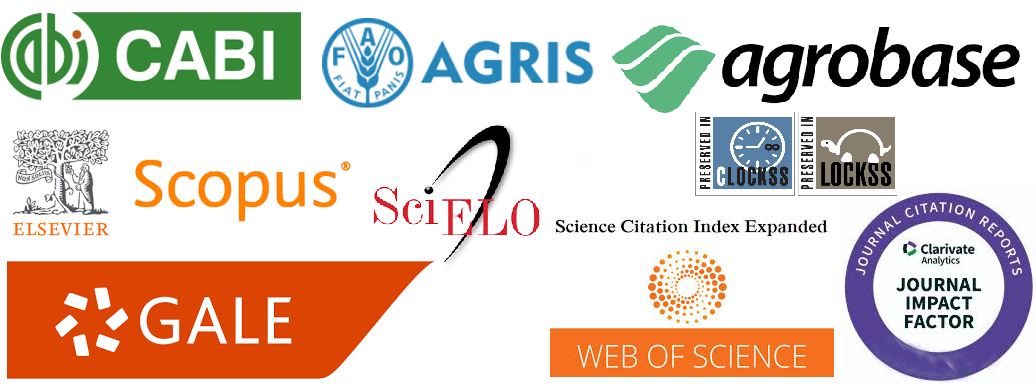Brazilian Fruit Agribusiness
Keywords:
Fruit production, Fruit market, fruit exportation, trade balanceAbstract
Brazilian fruit farming stands out as a strategic activity for the country’s economy, food security and sustainable development. With a wide diversity of tropical, subtropical and temperate species, Brazil has consolidated itself as the world’s third largest fruit producer, with an annual production of 43 million tons and a Gross Production Value (GPV) of R$ 75 billion in 2023, benefiting from favorable climate conditions, vast territorial extension and abundant natural resources. The objective of this study is to present an updated overview of Brazilian fruit farming, highlighting its economic, social and environmental relevance, in addition to discussing the challenges and opportunities for strengthening the sector. Oranges lead Brazilian fruit production, followed by bananas, açaí, grapes and pineapples. The sector supplies the domestic market with fresh and processed fruits, and stands out in exports, mainly of mango, melon, papaya, grapes, lemons and limes, reaching demanding markets in Europe, North America and Asia. These are the result of investments in technology, sustainable management and innovation. Despite its success, the sector faces challenges such as climate change, pests, low adoption of technologies in some regions, irregularities in production, limitations in transportation infrastructure and high tax revenue. Nevertheless, Brazilian fruit farming plays an essential role in generating jobs, income and sustainable development, consolidating Brazil as one of the biggest players in global agribusiness.
Downloads
Downloads
Published
Issue
Section
License

This work is licensed under a Creative Commons Attribution-NonCommercial 4.0 International License.






